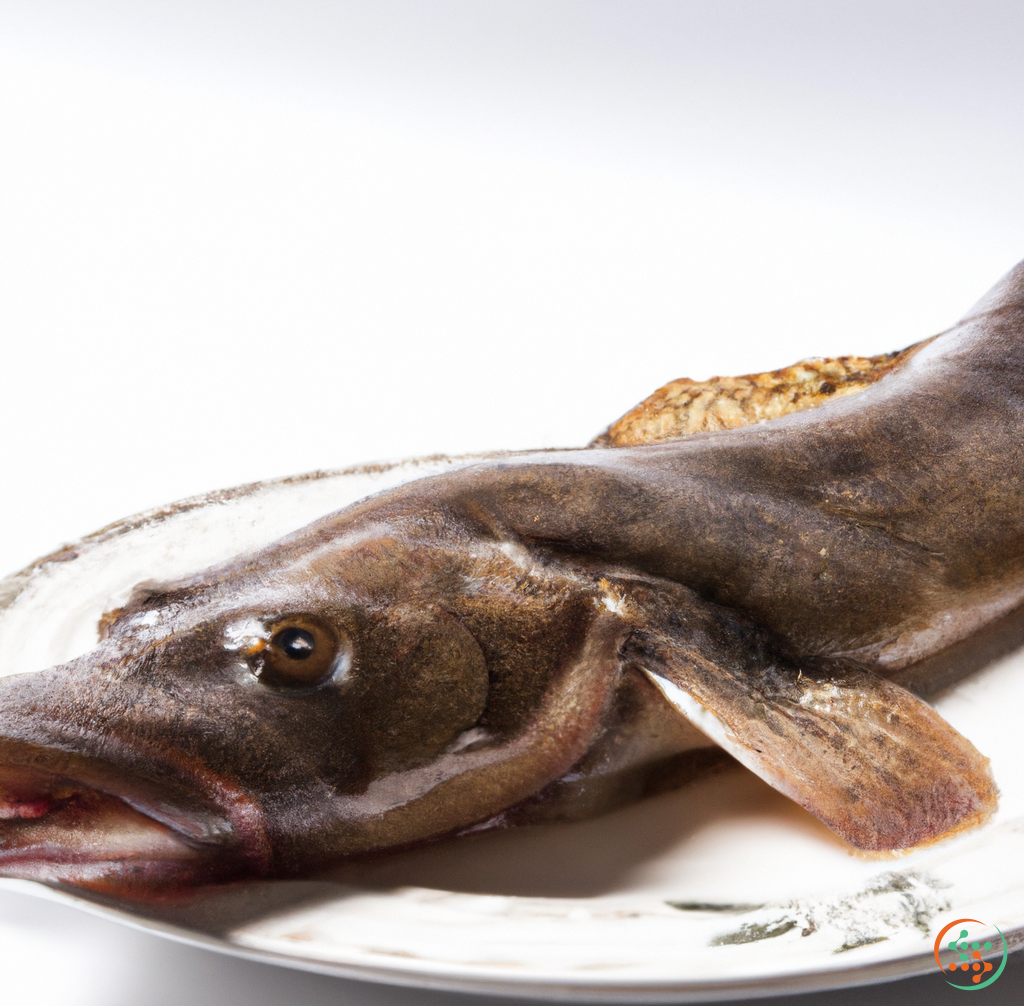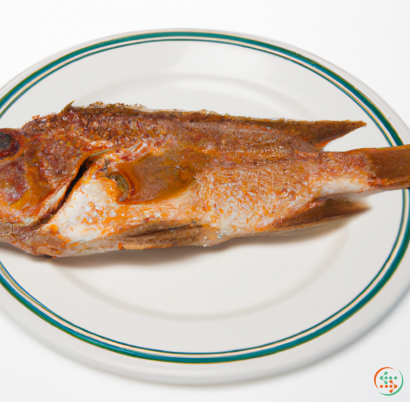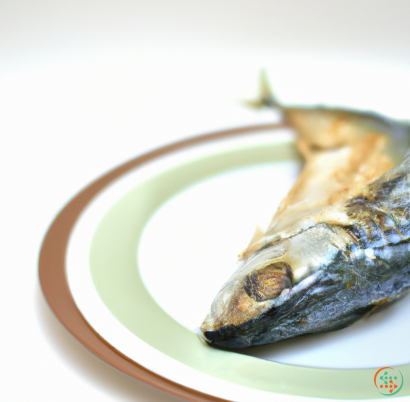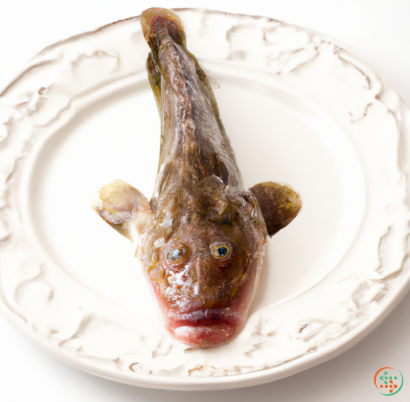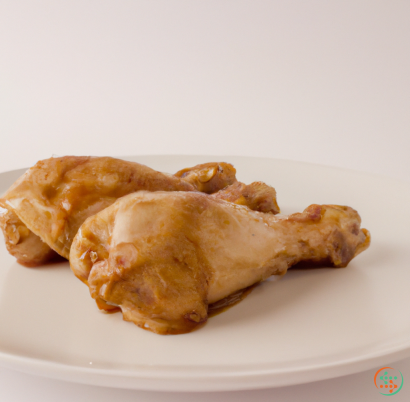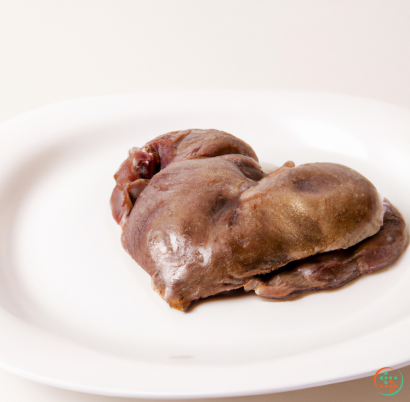Burbot
What is a Burbot?
A burbot (Lota lota) is a freshwater fish that is sometimes referred to as a freshwater ling or eellike cod. It is the only living species in the entire genus Lota and the family Lotidae. Native to northern Eurasia, North America, and Greenland, this elusive and mysterious creature exists in lakes and rivers, as well as estuaries all over the world. It has a wide range of physical adaptations that make it well-suited to the cold waters it inhabits.
Physical Characteristics
The burbot is generally a brownish-green in color and can grow from 18-45 inches in length and weigh up to 22 pounds. Its backside is a darker hue than its chest, often fading from a pale green to brown. Its dorsal fin is low and its tail is almost triangular with a rounded tip. Its head is white and is often marked with an olive green line that circles its eyes. The most distinctive feature of the burbot is its prominent jawline and chin barbels, which are two whisker-like appendages that protrude forward.
Habitat
The burbot is a solitary creature and prefers to live in deep, cold waters near the bottoms of rivers, lakes, and estuaries. Commonly found in depths greater than 150 feet, they can withstand temperatures as low as 26 °F. These fish can often be seen waiting on the bottom of the body of water they inhabit, or silently lurking in the shadows.
Behavior
Burbot are shy and reactive fish that prefer quiet, undisturbed waters and will most often avoid open space. They only become active in the hours before and after sunset, relying heavily on the cover of darkness to move about, search for food, and mate. When it comes to feeding, burbotg are patient predators who prefer to hide near the bottom of a body of water and wait for potential prey items to pass within reach. They have evolved to become experts of camouflage for both protection and feeding purposes by blending in with the light colored substrate of their environment.
Diet
Burbot primarily feed on insect larvae, fish eggs, worms, crustaceans, and process smaller fish. They also exhibit scavenging behaviors and readily consume dead animals, either over the course of the night or early morning.
Reproduction
When it comes to reproduction, burbot are not very selective when it comes to their mating partners. Mating occurs during the winter, typically in January or February, with the female dropping her eggs in shallow waters and then moving on. How many eggs are produced during spawn varies depending on the size of the female, however one of the larger females can produce up to 100,000 eggs. The eggs take approximately 2 weeks to hatch and juveniles remain at shallow depths until they are around 4 inches long and ready to move to deeper waters.
Conservation
In recent years, the burbot population has declined due to fishing pressure and the introduction of invasive species into their habitat. Poaching and illegal netting has put further stress on their population, and their numbers have been reduced by half in some areas. Due to its slow growth rate, this species can take years to reach full maturity and reproduce, making it particularly vulnerable to these types of threats.
Despite their plight, conservation efforts are being made to preserve this species. In the United States, the burbot is considered a species of special concern and is protected in Minnesota, Washington, Utah and other regions. The Fish and Wildlife Service has also listed the burbot as a species of Concern in Canada and recognized it as a Game fish in Manitoba.
Overall, the burbot is an intriguing and sometimes misunderstood creature that deserves our respect and attention. With its small eyes, whisker-like appendages and muted colors, it blends in seamlessly with its aquatic environment, allowing it to remain hidden from those lucky enough to catch sight of it. With subtlety and adaptation, this unique fish has been a part of our waterways for years and will continue to remain a part of its ecology for many more to come.
The Burbot: From Lake to Dinner Table
Tucked away in the clear, cold lakes of Northern America, the burbot is a bottom-dwelling fish species used by generations of anglers and diners alike. Known for its delicate tail meat and unique flavor, the burbot is a cherished catch for both recreational and commercial fishermen. The burbot journey from the inner depths of murky lakes to the dinner table is an intricate one, requiring a delicate chain of events to be put into place.
In this post, we’ll explore the burbot lifecycle – from the spawning process all the way to the preparation techniques and cooking tips that elevate a simple catch to a delicious, unforgettable feast.
The Spawning Process
Burbot are a freshwater species of fish, commonly found in cold and deep lakes across Northern America, including the Great Lakes and Hudson Bay. The exact spawning locations of burbot vary from body of water to body of water, but they generally prefer areas with moderate current, deep water, and a gravel substrate.
During the late fall and winter months, when water temperatures drop and darkness deepens, burbot enter their spawning period. This is usually around December or January, depending on the local climate. Burbot spawn during the night, in large groups of hundreds or even thousands of fish.
The spawning process generally begins with a mass migration to the spawning grounds. During this period, the males will release a sperm-like substance while the females release their eggs to gradually fertilize the eggs as they drift through the currents.
The incubation period for the eggs is approximately one month, and then the eggs hatch in the form of microscopic larvae, growing from 5mm to 20mm in length over the course of a few weeks. Throughout the early stages of development, the young burbot swim up to the surface for food and to receive sunlight, aiding in their growth.
The Journey to Maturity
When the burbot reach their juvenile stage (about 20mm in length), they sink back to the bottom of the lake, where they will become adults. During this years-long period, the fish will feed on various aquatic baitfish and organisms, aiding in their size and weight gain.
As they mature, the burbot will become curious and more drawn to human-baites and lures. They are solitary creatures, but can be lured into scavenging predatory behavior.
The adults reach an average size of 40-50cm and can live for up to 15 years. During the winter months, the burbot slow down their feeding, making them easier to target for anglers.
Fishing for the Burbot
Fishing for the burbot is a rewarding experience for both recreational and commercial anglers alike. As burbot favor deep and cold waters, heavy duty fishing tackle is usually required for the successful capture of a burbot.
Due to the burbot’s easy-to-lure nature, most anglers use a variety of baited lures or lines. A common method of capture is through the use of a jigging system, where the angler drags a weighted lure or minnow up and down through the burbot’s hunting zone. Often times, the angler will switch between artificial lures and natural baits such as worms, grubs, and shiners.
In addition to lure techniques, trapping is another effective method for capturing burbot. The traps are made up of a funnel-shaped mesh, trapping the burbot as they attempt to investigate its scent. The traps are baited with small pieces of fish or baitfish, and once the burbot enters the open end of the funnel, they are unable to escape.
The Burbot’s Journey to the Kitchen
Once the burbot has been successfully caught, the fish must be properly handled and prepared for the dinner table. It is important to carefully remove the skin and scales from the fish before cooking, as these could make for a less-than-pleasant dining experience.
After scaling, it is much easier to prepare the fish for cooking. Depending on the preferences of the cook, the burbot can be filleted or steaked in thick cross-sections.
Once the fish is prepped, there are a variety of methods for cooking the burbot. Popular techniques include baking, frying, broiling, and smoking. When baking, it is important to ensure that the temperature of the oven is not too high; a majority of the oils are concentrated near the skin, and an excessively hot oven setting could damage them.
Frying is also a common technique, and many anglers enjoy serving their burbot as fish ‘n’ chips. The lightly battered, deep-fried strips of burbot make for a great appetizer, or can be served as the main course when paired with some tasty sides.
For a more delicate style of cooking, some anglers prefer to broil their burbot. This technique results in succulent white flakes, providing a delicate and delicious flavor. Broiled burbot can be served as is, or accompanied with a variety of sauces and spices for a more flavorful experience.
Finally, for a bold, smoky flavor, many chefs prefer to barbecue their burbot. Smoking comes along with a risk, however, as burning the skin of the burbot can actually infuse an unpleasant flavor into the fish. With proper technique and temperature management, however, the results can be delicious.
Conclusion
From its spawning grounds in the depths of a lake to its journey to the plate, the burbot is full of flavor and culinary adventure. Its delicate meat and unique, smoky flavor make it a great way to spice up any meal, while its simple preparation and handling make the process easy and enjoyable. Whether you’re looking to fry up a batch of fish n’ chips, produce a succulent fillet, or have a smoky barbecue cookout, the burbot promises to satisfy every taste bud.
| Vitamin A | 0.005 mg | |
| Vitamin B1 | 0.43 mg | |
| Vitamin B2 | 0.17 mg | |
| Vitamin B3 | 0.00197 grams | |
| Vitamin B5 | 0.17 mg | |
| Vitamin B6 | 0.35 mg | |
| Vitamin B9 | 0.001 mg | |
| Vitamin B12 | 0.92 ug |
| Calcium | 0.064 grams |
Daily Value 1.3 g
|
| Iron | 0.00115 grams |
Daily Value 0.018 g
|
| Magnesium | 0.041 grams |
Daily Value 0.4 g
|
| Phosphorus | 0.256 grams |
Daily Value 1.25 g
|
| Potassium | 0.518 grams |
Daily Value 4.7 g
|
| Sodium | 0.124 grams |
Daily Value 2.3 g
|
| Zinc | 0.97 mg |
Daily Value 0.011 g
|
| Copper | 0.26 mg |
Daily Value 0.9 mg
|
| Manganese | 0.9 mg |
Daily Value 0.0023 g
|
| Selenium | 0.0162 mg |
Daily Value 0.055 mg
|
| Tryptophan | 0.277 grams | |
| Threonine | 1.085 grams | |
| Isoleucine | 1.141 grams | |
| Leucine | 2.012 grams | |
| Lysine | 2.274 grams | |
| Methionine | 0.733 grams | |
| Cystine | 0.265 grams | |
| Phenylalanine | 0.966 grams | |
| Tyrosine | 0.836 grams | |
| Valine | 1.275 grams | |
| Arginine | 1.481 grams | |
| Histidine | 0.729 grams | |
| Alanine | 1.497 grams | |
| Aspartic Acid | 2.535 grams | |
| Glutamic Acid | 3.696 grams | |
| Glycine | 1.188 grams | |
| Proline | 0.875 grams | |
| Serine | 1.01 grams |
| Total Sugars | 0.131141 grams |
per 100g
|
| Myristic acid (14:0) | 0.01 grams |
|
| Palmitic acid (16:0) | 0.15 grams |
|
| Stearic acid (18:0) | 0.05 grams |
|
| Total Saturated fatty acids: | 0.21 g | |
| Oleic acid (18:1) | 0.13 grams |
|
| Palmitoleic acid (16:1) | 0.03 grams |
|
| Gadoleic acid (20:1) | 0.01 grams |
|
| Total Monounsaturated fatty acids: | 0.17 g | |
| Omega-3 Timnodonic acid (20:5) | 0.09 grams |
|
| Omega-3 Clupanodonic acid (22:5) | 0.03 grams |
|
| Linoleic acid (18:2) | 0.01 grams |
|
| Total Polyunsaturated fatty acids: | 0.13 g | |
| Cholesterol | 0.08 grams |
|
| Total Sterols: | 0.08 g | |
